Android 14 'Upside Down Cake': Everything you need to know about Google's big update for Google Pixel smartphone near you in early 2023

The most exciting thing about a big Android update is being able to follow a pattern to get a taste of all the new features. Google's Android 12 update marked the biggest visual redesign of the operating system since Android 5 Lollipop thanks to Material You. The new design philosophy, along with an exhaustive list of new features, made Android 12 look and feel radically different from previous iterations. Android 13 then came along and doubled down on many of the same aesthetic choices. Now we're moving on to Android 14, and there will likely be even more under-the-hood changes.
Android 14's first beta hasn't arrived yet, but we already have some hints about what to expect in the future. Each new release will add new features and smaller improvements to different elements of the Android system. In the coming months, the first developer previews are expected to arrive for all the supported Pixel devices and some other non-Pixel phones. If you want all there is to know about Android 14 in one place, then you've come to the right page.
What's Android 14 called?
Google ditched its dessert naming scheme for Android two years ago with Android 10's brand redesign. The use of dessert names, however, has continued for the company's internal development teams. Android 11, for instance, was called Red Velvet, while Android 12 is known as Snow Cone. Similarly, Android 13 is called Tiramisu. Google is no longer keeping Android 14's a secret since it was found in one of the AOSP Gerrit commits back in July last year.
For those of you who are curious, these have been the dessert names (internal or public) of all the Android versions so far:
Android 1.5: Cupcake
Android 1.6: Donut
Android 2.0: Éclair
Android 2.2: Froyo
Android 2.3: Gingerbread
Android 3.0: Honeycomb
Android 4.0: Ice Cream Sandwich
Android 4.1: Jelly Bean
Android 4.4: KitKat
Android 5.0: Lollipop
Android 6.0: Marshmallow
Android 7.0: Nougat
Android 8.0: Oreo
Android 9: Pie
Android 10: Quince Tart
Android 11: Red Velvet Cake
Android 12: Snow Cone
Android 13: Tiramisu
Android 14: Upside Down Cake
There is no known release date for Android 14 yet, but we suspect that it will follow the same release cadence as in previous years. Android 13 dropped in its developer preview form in February 2022, followed by another developer preview, then four more beta releases until the final release of Android 13. With the first Android 14 developer preview arriving, it seems likely that we'll follow a similar release cadence to last year.
For developers, you can expect to see Android 14 hit "platform stability" sometime around the third beta if Google follows the same release timeline as last year. Platform stability refers to the finalization of APIs, and last year, it coincided with the ability for developers to submit apps targeting the new API level on the Google Play Store.
Will my device get Android 14?
If you have a recent Google Pixel smartphone, like the new Pixel 7 series, rest assured that you will be one of the first to get a taste of Android 14 when it drops. It will still only be in developer preview form (and thus, probably shouldn't be installed on your daily driver), but you'll still be able to try it out. We also expect other device manufacturers to join in on the fun, though it tends to be the case that devices from places like OnePlus and Xiaomi aren't updated as regularly. In other words, beware.
However, if you really want to try Android 14 when it comes out on your smartphone, and there's no official build, you can try out a Generic System Image (GSI).
What's new in Android 14 so far?
These are some of the undocumented changes that have been spotted in Android 14 so far.
Android 14’s regional preferences feature could tell apps to use your preferred calendar and number system
Android is a global operating system, and as such, it requires support for different ways that people understand dates, times, and other regional measurements, such as Fahrenheit versus Celsius and kilometers versus miles. It isn't always appropriate for an app to assume what metric the user would like to use, and it's why a lot of apps (particularly weather apps) will ask you what metric you'd like to use. Google added per-app language settings in Android 13, and it now seems to be expanding that idea to other use cases.
The company is testing a new “regional preferences” feature in Android 14 that lets users set their preferred temperature units, calendar, first day of week, and number system for each locale. “Regional preferences” appears under Settings > System > Languages & input when a hidden developer flag is toggled.
This feature may not make it to the final Android 14 build that reaches users. Still, it's clear that Google is testing it in order to make it easier for users who may move from one locale to another or who may have a preference for the specific units that they would like to use.
Android 14 may bring better support for keyboards with touchpad gestures and modifier key remapping
Google has been trying to make Android work better on large-screen devices, and thanks to these efforts, we now have things like the taskbar, activity embedding, more optimized apps, improved letterboxing, and better split-screen support, most of which arrived in Android 12L. Android 14 DP1 now has better keyboard support.
Android 14 is preparing to add support for changing the behavior of modifier keys. In Android 14, you can swap the behavior of the Caps lock, Ctrl, Meta, and Alt keys, though it requires you to flip a developer flag. The generic key layout file has been updated in Android 14 to map some more Linux key codes into Android key codes. The changes are:
key 120 from (undefined) to RECENT_APPS
key 228: KEYBOARD_BACKLIGHT_TOGGLE
key 229: KEYBOARD_BACKLIGHT_DOWN
key 230: KEYBOARD_BACKLIGHT_UP
key 248: MUTE
key 418: ZOOM_IN
key 419: ZOOM_OUT
key 528: FOCUS
As well, after enabling a developer flag, Android 14 DP1 will show a new “Touchpad” option under settings. Here, you can toggle whether you have to tap to click, change the direction of scrolling (reverse scrolling), or toggle whether a bottom-right tap of the touchpad brings up more options. You can also adjust the pointer speed in case the default is too low or too fast. There are even touchpad gestures too, and a tutorial can be enabled by flipping a second developer flag. You can customize these touchpad navigation gestures, and they include:
Go back by swiping left or right with three fingers
Go home by swiping up with three fingers
Open recent apps by swiping up with three fingers, then holding
Open notifications by swiping down with three fingers
Switch apps by swiping left or right with four fingers
Android 14 could make it easier to find and delete carrier-installed bloatware
Bloatware is hard to define, but it's essentially any pre-installed applications on a smartphone that are excess to the user's needs. The problem is that those needs differ from person to person, but we can all probably agree that apps installed in the background without user knowledge or consent would count. In Android 14 DP1, there's a hidden “apps installed in the background” menu that isn’t accessible by default. You have to flip a hidden developer flag to make it appear, and even then, it doesn’t appear in the regular version of Settings. Instead, it appears in a special version of Settings called “Spa,” that’s also gated behind a developer flag.
As you can see from the screenshot above, it will be possible for an end user to spot silently installed apps and remove them if they'd like, and it seems that apps installed by adb or foreground-active apps won't be shown in the list. It could be useful on certain devices where inserting a carrier’s SIM card triggers the background installation of over a dozen unwanted apps.
Android 14’s predictive back gesture lets you preview where you’re going when you swipe back
Swiping back in Android can be unpredictable, and there's a pretty big reason for that. As you navigate through apps, Android keeps a record of destinations you go through called the back stack. This is so the system will take you to the correct destination when you swipe to go back. Before Android 13, however, the system had no way of knowing for sure where a back gesture would take the user. If you swiped back at the end of the back stack, you went straight back to the previously open app. This wasn't immediately obvious to a user, and it may have meant that they would lose their position within an app.
However, that's set to change with Android 14. Android 13 already implemented a very basic form of this that will show the user when they're returning back to their launcher. Android 14 will now show you a preview of what exactly you'll be going back to.
It's a small change, but a welcome one that makes the Android system more intuitive. The new transition animation is disabled by default in DP1, and in our video, we still had to enable the predictive back animation setting in Developer Options, and we also had to use an app that opts in to the new predictive back gesture behaviour.
Android 14 will let you restrict what photos apps can access even if they don’t use the Photo Picker
The Photo Picker API is one of the highlights of Android 13, and it's been backported to Android devices running 4.4+ thanks to Project Mainline. It allows users to select which photos and videos an app can get access to so that it doesn't have total access to all of your photos and videos on your device. Apps have to actually support the Photo Picker API, though, and many don't, though that may not matter in Android 14.
Starting in Android 14, when an app that targets API level 33 triggers the runtime permission dialog to ask the user to grant them READ_MEDIA_VIDEO or READ_MEDIA_IMAGES (or both), Android 14 may insert a new entry in the permission dialog that says “Select Photos.” Tapping this entry will launch a new version of the Photo Picker that allows the user to select which photos or videos they want to grant the app access to. The app subsequently has access to only those media items that the user specifically selected, unless the user chooses to expand access to additional media items or grant the app access to the entire media store collections for images and videos.
This entry in the permission dialog isn’t shown by default in Android 14 DP1, as its visibility is gated by a developer flag. Hopefully, Google enables it for the final release, as it's a majorly protective API for privacy.
Android 14 is preparing to add an app cloning feature
Google is testing a new “cloned apps” feature in Android 14 that will let you “create a second instance of an app so that you can use two accounts at the same time.” This feature may be made available to users through the Settings app under Settings > Apps > Cloned Apps, as shown in the screenshots embedded below.
When you clone your first app through the “cloned apps” feature, Android creates what’s called a “clone user profile” and installs that app onto the profile. Any apps you clone afterward are installed onto the same clone profile that was created before. Since the clone profile doesn’t share app data with the parent user profile, that means any apps you clone won’t retain your login information or settings, so you’ll have to set them up from scratch. If you decide you don’t need the cloned app anymore, you can delete the app through the “cloned apps” page or through the standard “app info” interface.
The only way previously to clone apps was to clone them using adb, as the functionality was actually added in Android 12. Some OEMs have surfaced options to clone apps as well, and there are even third-party apps that make use of work profiles to clone an app. This is a native solution that will work on Google Pixel devices specifically, though..
The share menu might finally get better
Android has had a problem with its share menu for a long time now. While updates in the past have attempted to fix it, it's not consistent across OEM variants of Android or even apps, and it's just, in general, a mess. The screenshot below shows exactly what I mean.
The problem even exists across different OEMs that also use AOSP as a base.
Thankfully, it seems that Google might move the Android Sharesheet to a Project Mainline module in a future release to address the share menu's inconsistencies, according to other reports. To that end, Google has added a new app to the system image with Android 13 QPR1 beta. Android 13 QPR1's source code reveals that the new "Intent Resolver" app will handle the implementation of Android's "chooser" code, which invokes the Android Sharesheet by forcing users to select which app to use for the share action.
By moving the Android Sharesheet to a Project Mainline module, Google can now offer a more consistent system share menu across Android devices from different OEMs. It will also allow the company to experiment with what works and what doesn't, improving it without the need for a wholesale system update. It's not confirmed that Google will be going ahead with this, but it seems likely.
Updatable root certificates are coming
Root certificates are at the very core of Public Key Infrastructure (PKI), and they're signed by trusted Certificate Authorities (CA). Sometimes, though, those CAs become untrustworthy, and there needs to be a way for devices to receive new certificates to ensure complete access to the internet. Previously with Android, the only way to distribute new certificates was via an OTA update since they're stored in your phone's system partition.
That's set to change in the future, likely with Android 14 as Google is making the root store on your phone (the store that basically tells your phone what certificates are accepted) part of the Conscrypt Mainline module that can be updated via Google Play System Updates. It doesn't matter to most users, but it safeguards your phone against a potential internet catastrophe should a major certificate authority suddenly become untrustworthy overnight.
Health Connect may come as part of Android 14
There are countless health-tracking apps on Android, but not every single app will cover every single vital that you may want to track. Apps can and do elect to share data individually with other apps, but previously, there was no one API that health apps could leverage to share data. Health Connect is Google's answer to the problem, able to act as an intermediary for these tracking apps to share data with each other. If MyFitnessPal wants to take data from Samsung Health, Fitbit, and Google Fit, it previously needed to interface directly with each of these apps. In this case, it only needs to connect to Health Connect, and Health Connect will handle all of those connections for it.
Health Connect is actually available on the Google Play Store today, but the problem is that it's not pre-installed on your phone, so not everyone knows about it. Google has signaled its intention to have it pre-installed on at least some phones, and presumably, the company is waiting until it's out of beta to do just that. Reports suggest that it will come with Android 14 and very likely as a Mainline module. It's not confirmed, but there's a lot of strong evidence to suggest that is the case.
Say goodbye to Android Beam
After being deprecated in Android 10, Google will finally be removing Android Beam from AOSP, according to a commit on the Android Gerrit. Android Beam could be used to connect two devices to start a data transfer easily. It's already been replaced by Nearby Share, which essentially does the same thing, so it's not a big deal.
However, the biggest issue is that Nearby Share relies on Google Mobile Services (GMS), meaning that Google has basically taken a feature away from AOSP and hidden it behind a proprietary service that isn't a part of AOSP. This means manufacturers who aren't (or can't be, such as Huawei) a part of Google's own licensing agreements for GMS will miss out on a feature.
Say hello over satellite
Android 14 will, according to Google's Senior Vice President for Android Hiroshi Lockheimer, support satellite communication. He said that Google is "designing for satellites" and that the company is excited to support partners "in enabling all of this in the next version of Android." Given the pressure from the likes of Apple, which also recently introduced satellite support to the iPhone 14 series, it seems to be the direction the industry is moving in.
Android 14 Developer Preview 1: Announced features
Android 14 Developer Preview 1 brings a lot of changes to the table. While some of the more interesting ones are hidden away from the end-user, Google did announce some interesting updates and changes too. These include:
Extra customization options
With Android being all about customization, there are a few changes made that not only facilitate customizing your smartphone, but also in helping users who may have additional accessibility requirements. This includes bigger fonts with non-linear scaling, per-app language preferences, and a grammatical inflection API that supports gendered languages such as French, German, and Spanish.
Privacy and security improvements
With Android 14, Google doubles down on some of the privacy and security improvements that it's been building up over the years. For starters, in one of its most aggressive moves against malware yet, Google has blocked the installation of apps aimed at Android SDK level 22 or lower. This is because some malware or other dangerous applications would target SDK 22 to avoid being subjected to the runtime permission model introduced with Android 6.0 Marshmallow. Developers and enthusiasts will still be able to install older applications using the following adb command.
adb install --bypass-low-target-sdk-block FILENAME.apk
There are also other improvements too, including safer implicit intents, safer dynamic code loading, and requiring apps to define dynamic Context.registerReceiver() as exported or unexported.
Background process optimization
A lot of what bogs down a smartphone's battery life is not just what's going on in the foreground, but also what's going on in the background. Apps need background processes running to take in information or give you notifications, and so, Google has optimized background broadcasts. Apps receive context-registered broadcasts once the app goes into a cached state, as broadcasts to context-registered receivers may be queued and only delivered to the app once it comes out of the cached state. Furthermore, some repeating context-registered broadcasts, such as BATTERY_CHANGED, may be merged into one final broadcast before it is delivered once the app comes out of the cached state.
Google is also now a lot more forward with what Foreground Services should be/ They are reserved for the highest priority user-facing tasks so that Android can improve resource consumption and battery life. There are new jobs as well, such as user-initiated data transfer types.
App compatibility
Google is introducing support for OpenJDK 17 to enable Java 17 features in upcoming developer previews fully. Thanks to Project Mainline, Google says that over 600 million devices will be able to receive the latest ART updates that include these changes, too.
Google will also be making it possible for developers to toggle new features, and these features are located in developer options.
How to download and install Android 14 Developer Preview 1 on your Google Pixel device
You can easily download Android Developer Preview 1, and be sure to check out our guide on how to install Android 14 if you're unsure of how to do so.
https://developer.android.com/about/versions/14/get#on_pixel
Google is officially releasing this developer preview update for the Pixel 7 Pro, Pixel 7, Pixel 6 Pro, Pixel 6, Pixel 5a 5G, Pixel 5, and Pixel 4a (5G). You can also use the 64-bit system images with the Android Emulator in Android Studio.

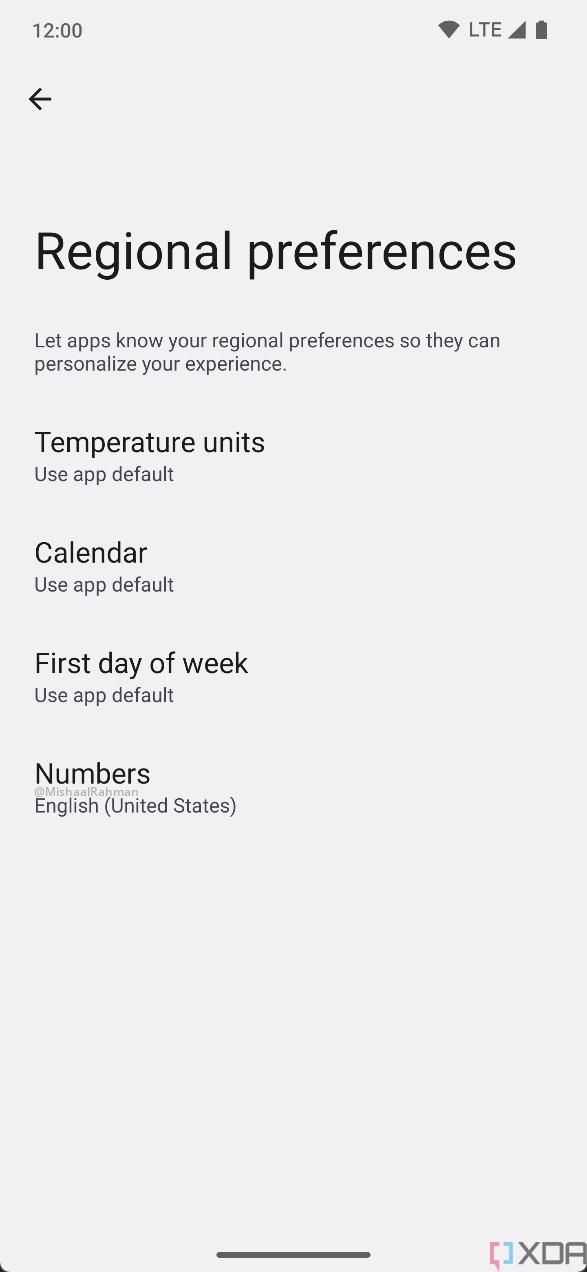
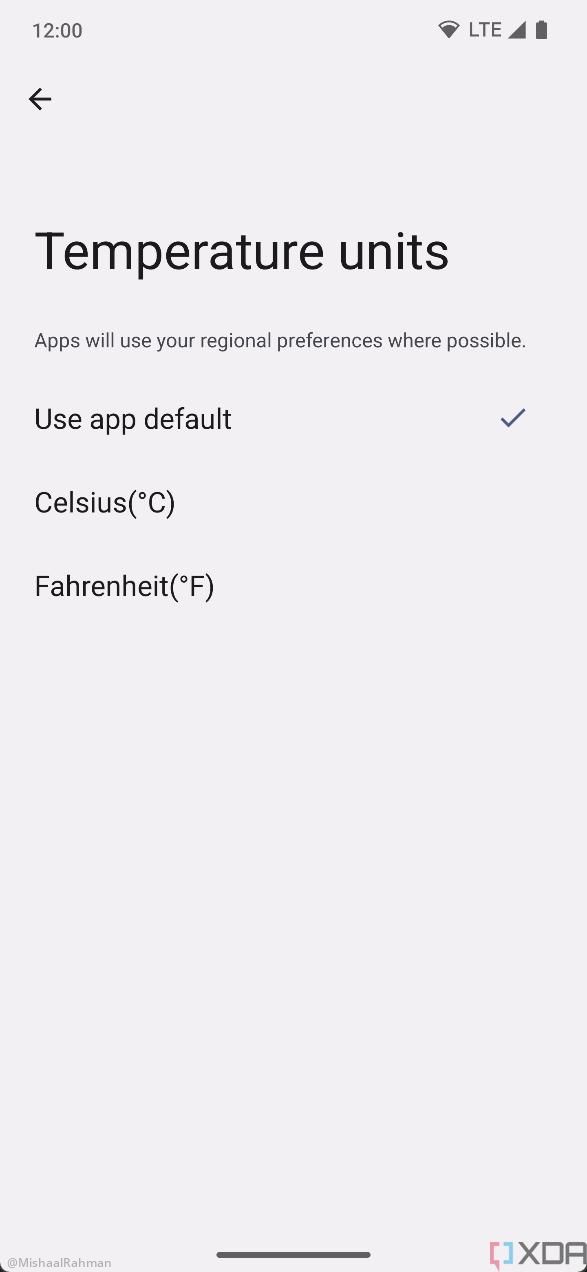
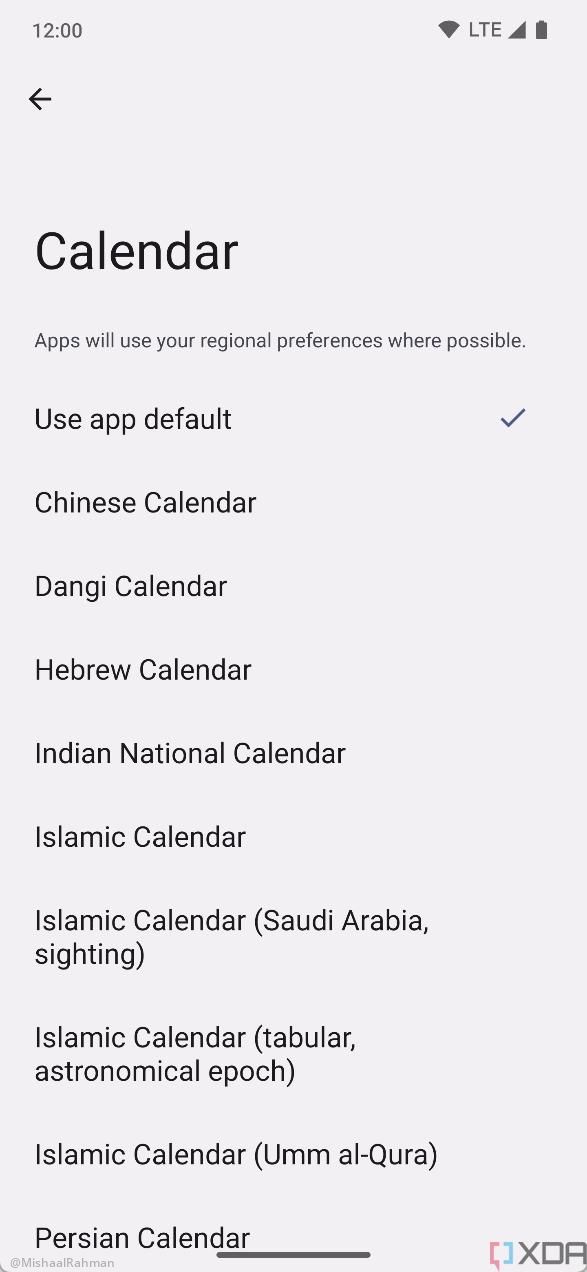
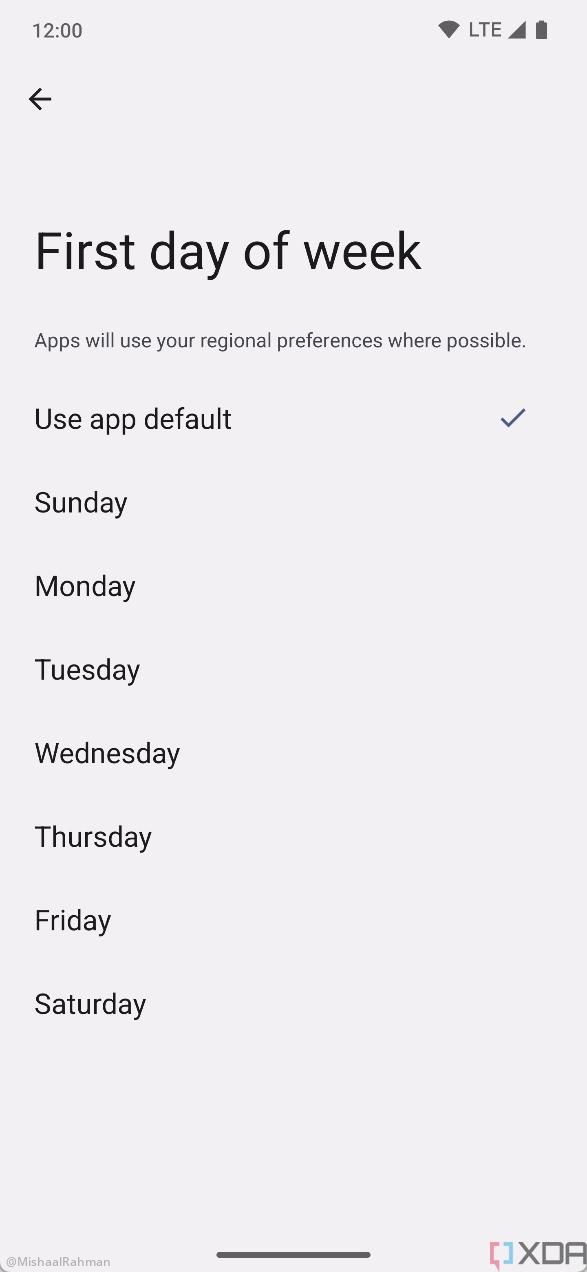
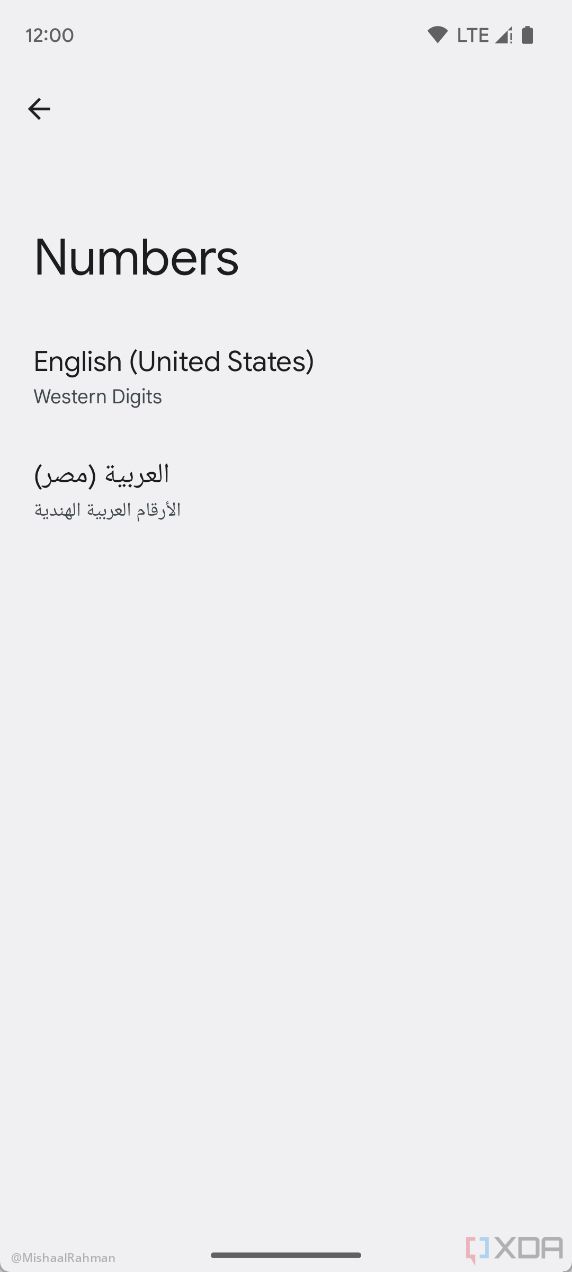

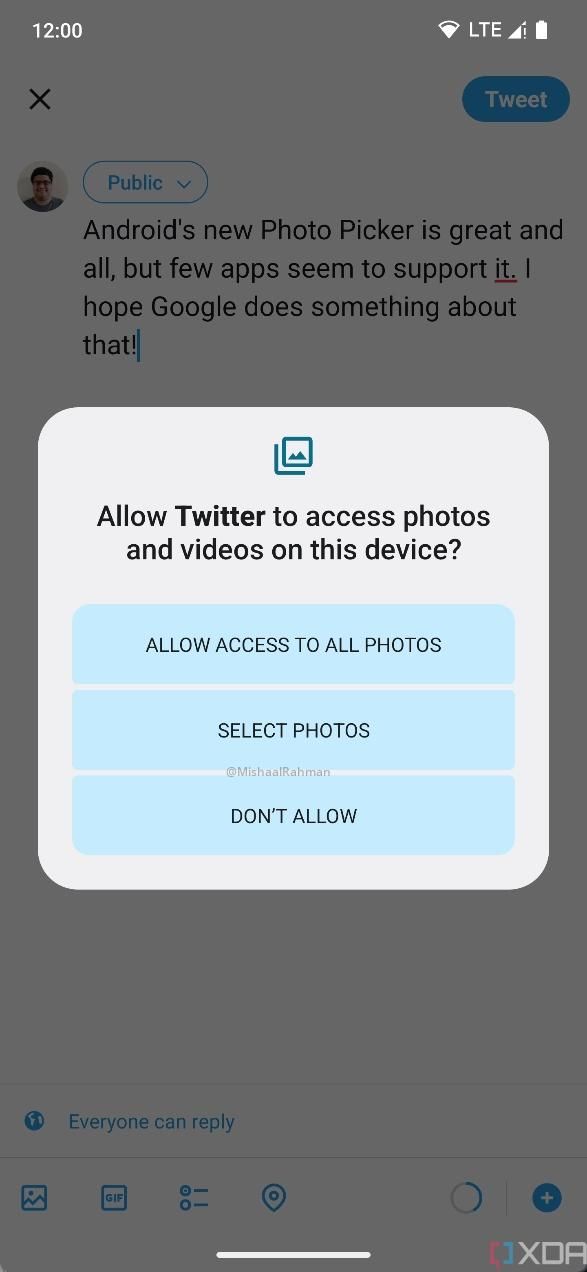

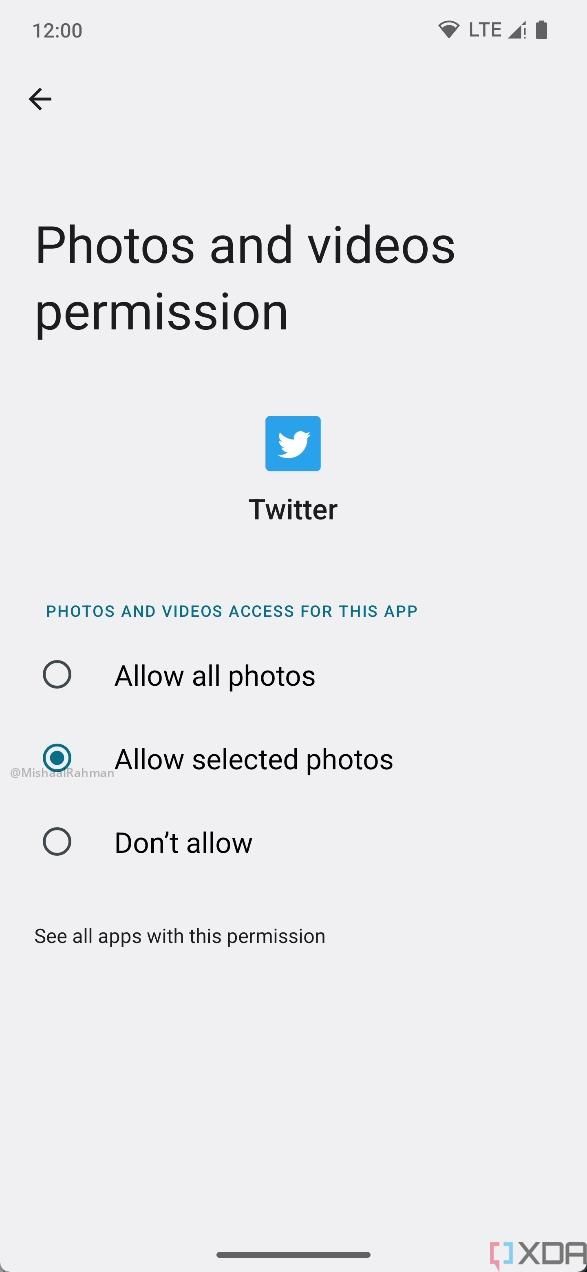
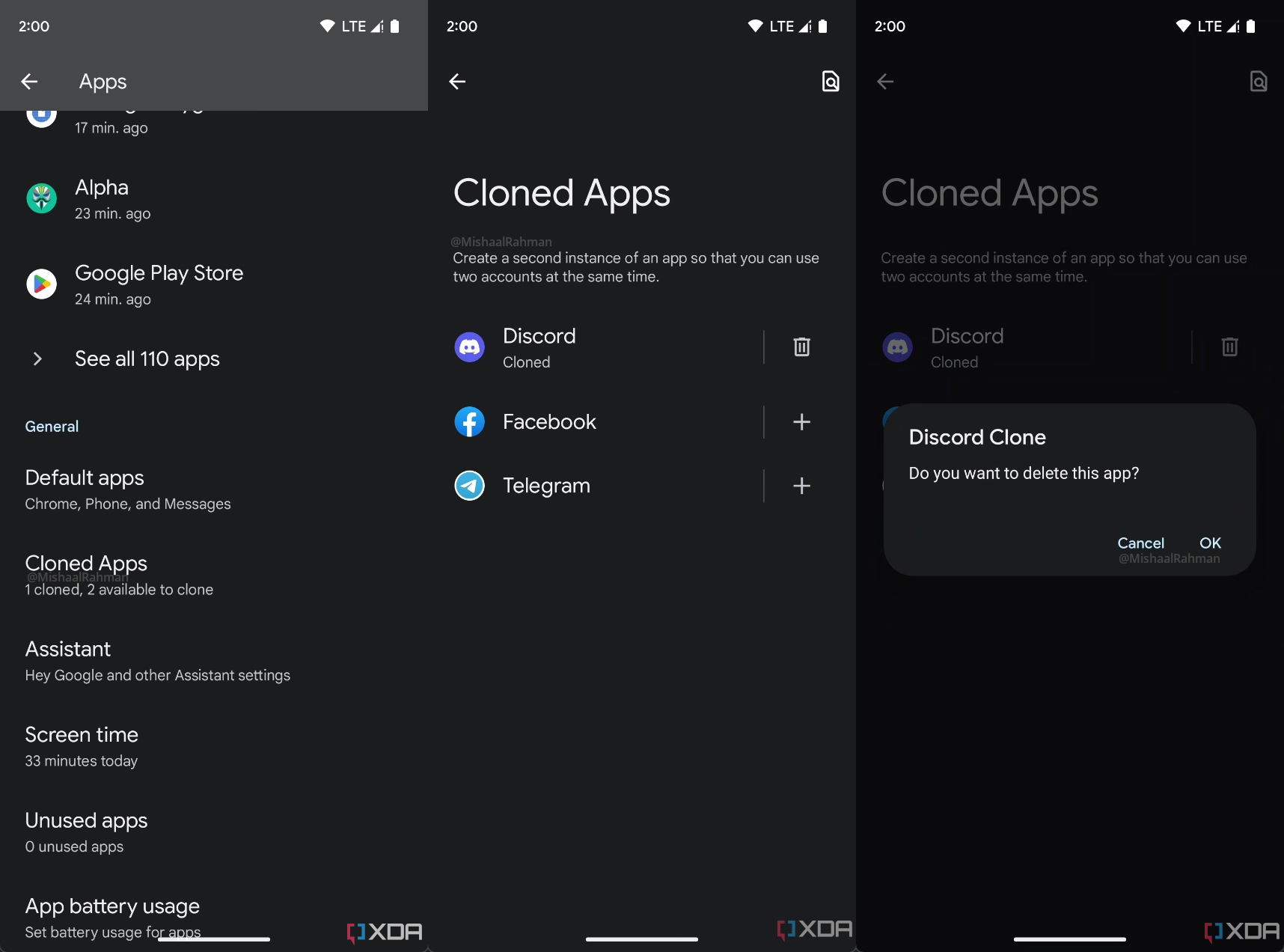
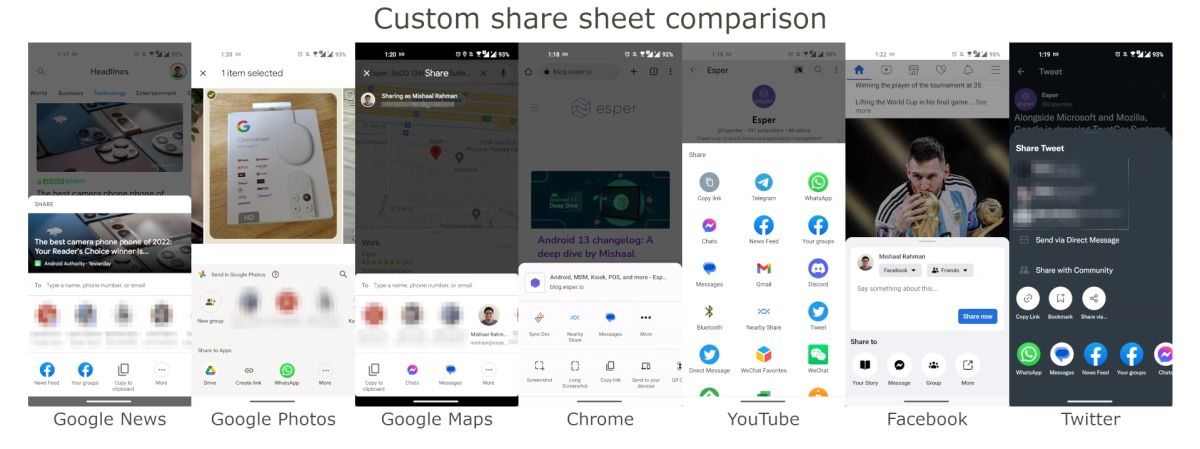
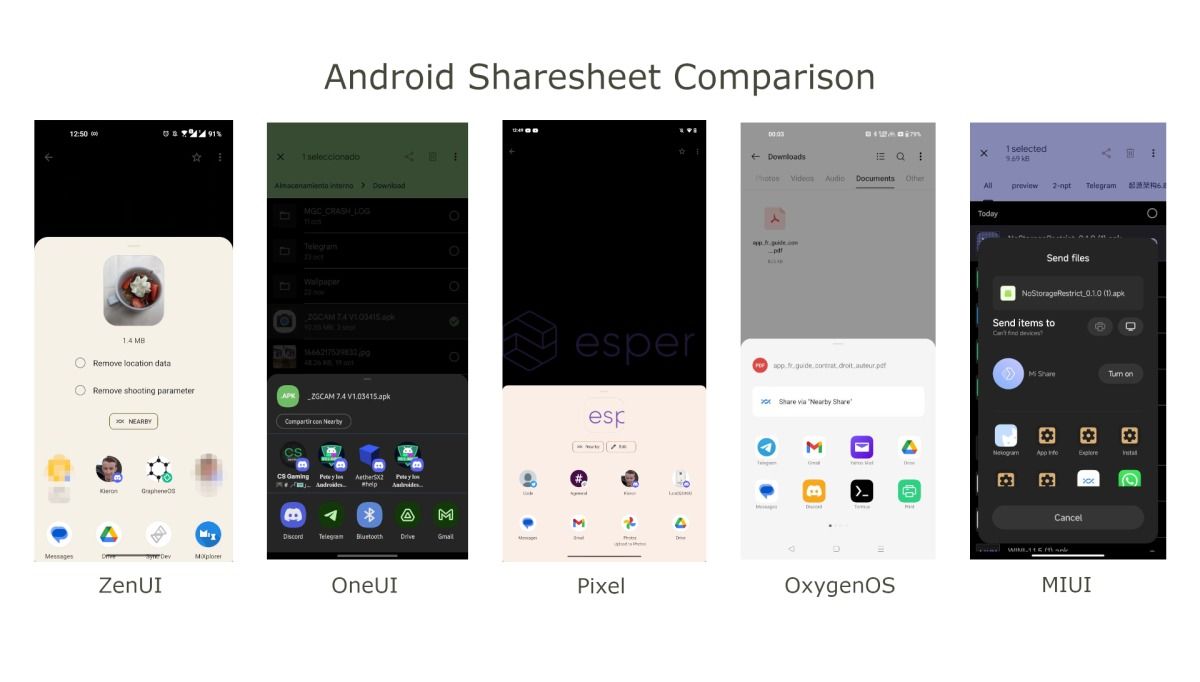


Good information
ReplyDelete